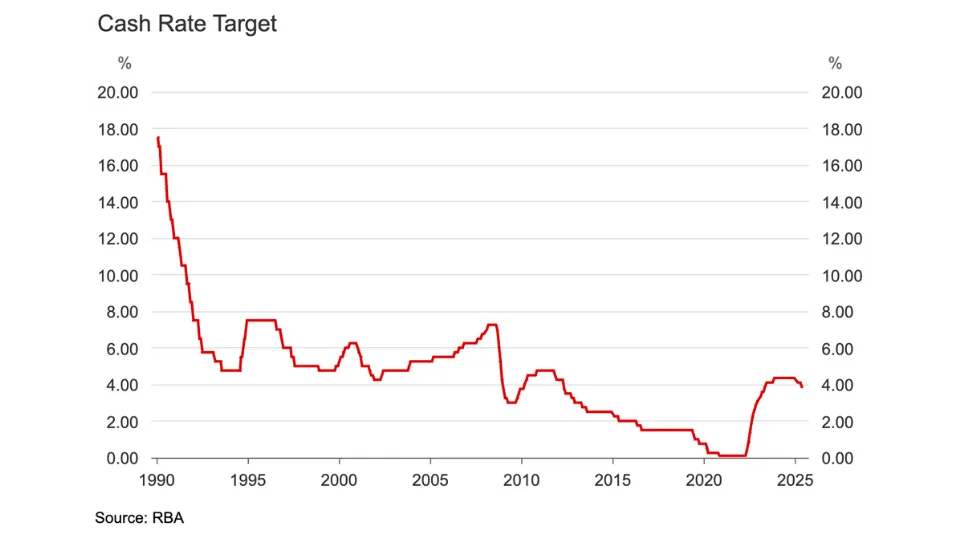The Kogan.com Ltd (ASX: KGN) share price has fallen 77% from its peak. Is it a great idea at this low price?
Kogan is one of the leading online-only retailers in Australia. It also acquired the New Zealand online business Mighty Ape.
Massive decline for the Kogan share price
Kogan has seen a huge decline in its market capitalisation from the peak in mid-October 2020. Several online retailers have seen declines like Redbubble Ltd (ASX: RBL) and Temple & Webster Group Ltd (ASX: TPW).
A lot has happened since then for Kogan. COVID vaccinations have been rolled out across the country (and the world). Life is going back to (a new?) normal.
There isn’t the huge growth of demand in e-commerce that investors saw during 2020. But Kogan was expecting those booming sales to continue, leading to purchasing too much stock. That meant extra warehouse costs, increased marketing costs to offload that stock, and even demurrage costs.
Lower profit translated into a lower Kogan share price.
What can investors expect in the FY22 half-year result?
The numbers are going to show a big decrease in profit. Kogan has already told investors that adjusted EBITDA fell 58% year on year to $21.7 million as a result of the above-mentioned impacts.
However, there are some positives. It should show Kogan.com’s active customers grew 10% year on year to 3.31 million (and Mighty Ape had 757,000 active customers). Kogan First members jumped 176% to 274,000 at 31 December 2021. Gross sales should be 9% higher to $698 million and the Kogan marketplace continues to rapidly scale, with growth of 28.7% to $221.1 million.
In October 2021, Kogan said that it had resolved its previous inventory pressures and closed a number of inefficient overflow warehouses. The reduction in inventory levels led to the company reducing its warehousing costs, delivering an average variable cost saving of $0.8 million per month in the first quarter of FY22 compared to the fourth quarter of FY21.
It’ll be interesting to see how much detail Kogan gives about its current/second half spending. Aside from ‘growth spending’, has Kogan managed to solve all the problems? Is it suffering from inflation and supply chain issues which could last longer? Some of these things could be sizeable negatives for the outlook and the Kogan share price.
In other words, I think HY22 will tell investors about a lot of problems that have happened.
Is the Kogan share price a zinger idea?
One of the often-touted pieces of advice is ‘buy low’. Kogan is certainly low. A lot of bad news is priced in, but the business continues to grow its top line.
Scale is meant to help. The inventory issue is sorted and the supply chain problems shouldn’t last forever either. On paper, Kogan could have a promising future – it could achieve rising margins, a growing customer base, expanding product lines, geographic expansion, network effects, e-commerce tailwinds and so on.
The last 12 months has shown that Kogan can be very volatile, to say the least. Kogan’s leadership isn’t that popular with investors either. But comments about an improving situation could be very useful for the Kogan share price. But I’m not sure we’re going to see that yet. Other companies are still talking about inflation and supply chain problems.
The total e-commerce market continues to grow. Kogan is targeting $3 billion of gross sales in FY26, with 1 million Kogan First subscribers.
I think Kogan could still turn out good – shoppers want products at a good price. It’s up to Kogan to be able to capture the economic benefits of that.










